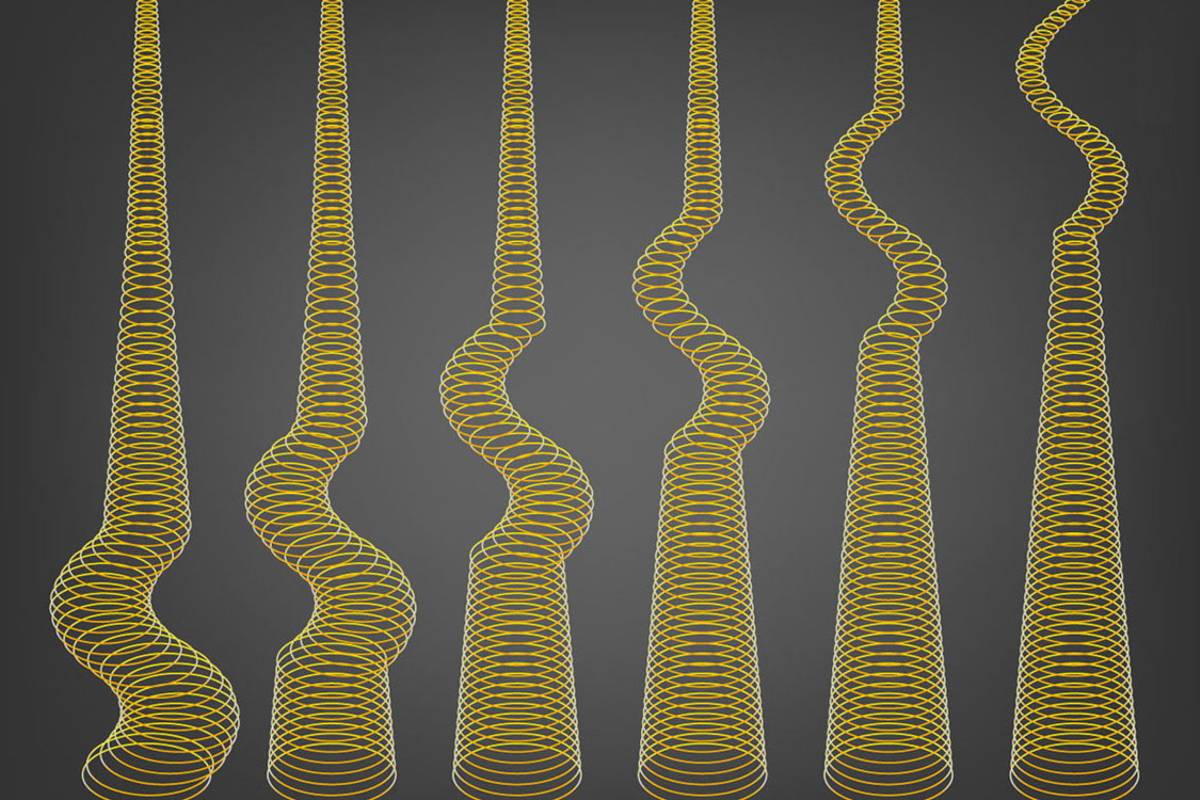Shape-Programmable Magnetic Soft Matter
Techniques to produce magnetically programmed soft elastomeric composite materials with complex time-varying shapes

Background
Shape-programmable materials can transform into different shapes and therefore achieve mechanical functionalities unattainable by traditional machines. Their shape transformation can be controlled by heat, light, chemicals, pressure or magnetic field. Unfortunately, shape-programmable materials with an overall dimension of <1 cm can either transform into only one or two forms, or their transformation requires several minutes, which is insufficient to mimic complex biological systems. Therefore, an approach to create and to program miniaturized devices made of shape-programmable materials is highly demanded.
Technology Overview
Max Planck Innovation offer a new technology to fabricate and to program devices made of shape-programmable materials. These shape-programmable magnetic members are controlled by a magnetic field. They are comprised of a plurality of segments wherein each segment can be magnetized with a desired magnitude and orientation of magnetization. This generic methodology magnetically programs small-scale materials to achieve fast time-varying shapes with high spatial and temporal resolutions. The magnetization profile and the actuating magnetic field are automatically generated by means of numerical simulations, allowing the generation of the desired three-dimensional shapes (). These experiments prove that miniature devices with highly complex time-varying shapes that are able to mimic their biological counterparts can be created by this method.
Further Details
- E. Diller, J. Zhuang, G. Z. Lum, M.R. Edwards, M. Sitti, “Continuously distributed magnetization profile for millimeter-scale elastomeric undulatory swimming”, Applied Physics Letters, 104, 174101 (2014).
- G. Z. Lum, Z. Ye, X. Dong, H. Marvi, O. Erin, W. Hu, M. Sitti, “Shape-programmable magnetic soft matter”, PNAS, in press.
Benefits
Magnetic programming of the desired time-varying shapes for soft materials:
- Transformation between the desired shapes within a few seconds
- High spatial and temporal resolution
- The possibility to create soft programmable active surfaces and devices for applications in robotics, engineering, material science and medicine